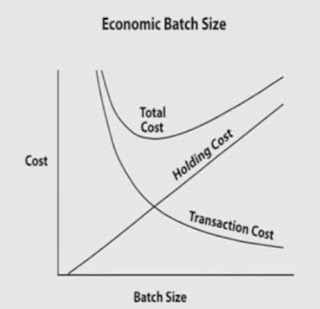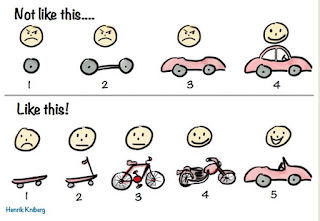Less is more
(*) Agile is good and has helped a lot, but it doesn't solve it all. "Agilists are killing the planet", said Gabrielle Benefield on a GOTO Conference presentation. I'll share here why. Some people have assumed that agile is a way to be faster, but it's not, it's just a way to respond faster to change. You won't find in the agile manifesto anything saying we are making software faster. We've evolved from trying to get the objective with a cannonball with waterfall, spending a lot of resources upfront, fingers crossed that we got the objective, to a machine-gun in agile, getting multiple shots, being able to adjust as we go. It's been a great improvement! We are now getting the stuff that stakeholders requested, on time, and on budget, adjusting and through continuous delivery, feedback and continuous improvement. So, if we now get with the features planned on time and on budget, does it really matter if we are delivering the wrong thing, ...


